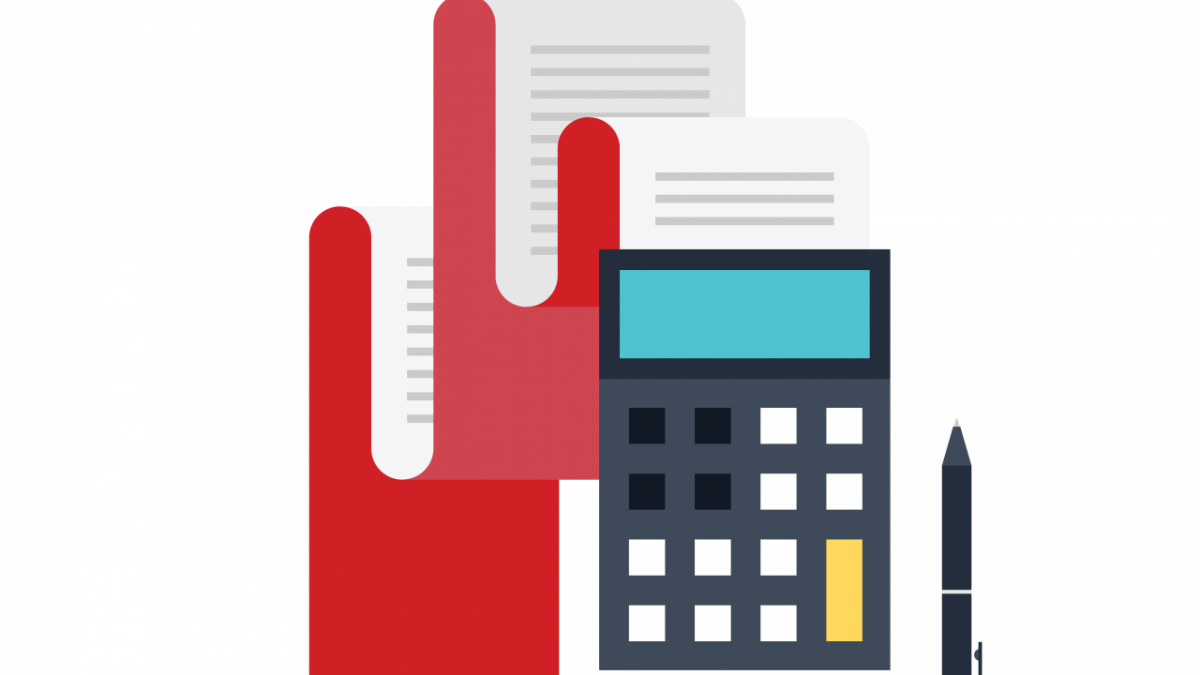This is an updated version of an article originally published in CropWatch on October 21, 2016.
Tax time can be a little stressful. In gathering all your forms and receipts in preparation for a visit to your accountant, don’t forget about these five deductions.
1. Home Office - You can deduct a percentage of your home mortgage or rent as a farm/ranch expense, if you use your home office exclusively for managing your operation and you have no other location where such tasks can be completed. Be aware that using the home office deduction does disallow that portion of your home from being eligible for the personal residence exclusion if you were to sell your home. You can estimate the percentage of expenses (rent, utilities) that should be allocated to your farm using the IRS Worksheet to Figure the Deduction for Business Use of Your Home in IRS Guide No. 587, Business Use of Your Home .
2. Cell Phone - Fees for calls from your cellphone related to your farm can be deducted as a farm expense. If your cell phone is part of a family plan, you must determine the portion of charges that can be attributed to your business, and deduct that expense accordingly.
3. Pre-paid Farm Supplies - If you are a cash basis taxpayer, you can write off the inputs (seed, fertilizer) that you purchased this year, for next year’s crop. The amount you can write off is limited to half of your deductible expenses (Schedule F deductions except pre-paid supplies) of the current year. For example, if you paid $50,000 in expenses for 2020, you can write off $25,000 in pre-paid supplies for 2021. You also must have a business purpose for the prepaid expenses (a discount, etc). This cannot be used just to distort your income.
4. Family Employee Wages - You can pay your family members (children, spouses) as employees of your operation and deduct the full amount of these wages as hired labor. These wages could be made in cash or you could use grain as a commodity wage. Cash wages would be subject to Medicare and social security taxes unless they are paid to children under age 18 (by a sole proprietor). Commodity wages, regardless of the age of the employee, are exempt from Medicare and social security taxes, but could be subject to unemployment if your operation is. Farms are only subject to unemployment tax if your pay more than $20,000 per quarter in gross wages. You must file the appropriate paperwork (W-2s, Form 943, etc) for all employees.
5. Individual Retirement Accounts (IRA) - Anyone is eligible to invest money in an IRA. A traditional IRA provides you the opportunity to invest money for your retirement while potentially reducing your income tax liability. The tax benefit of this investment will depend on your current federal tax bracket. If you are in the 25% bracket, your tax savings would be equal to 25% of your IRA contribution.
The amount you can invest depends on your age and income. The current maximum you can contribute to an IRA if you are under 50 is $6,000. If you are 50 or older, the maximum is $7,000.
If you have a spouse and file jointly, you can also make IRA contributions for them, doubling the amount of deductible. Contributions to Roth IRA’s are not tax deductible. If you are looking to put more money away, other retirement vehicles such as an SEP or a SIMPLE plan may be the right choice for you.
These are just a few of the tax deductible expenses to remember when filing your farm taxes. Please be sure to contact your personal tax advisor before employing any of these strategies in your farm business.
Jessica Groskopf
jgroskopf2@unl.edu
Extension Educator and Panhandle Regional Economist
Department of Agricultural Economics
